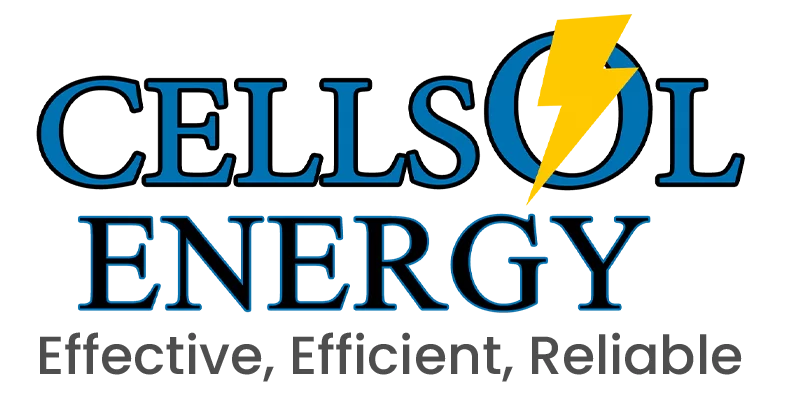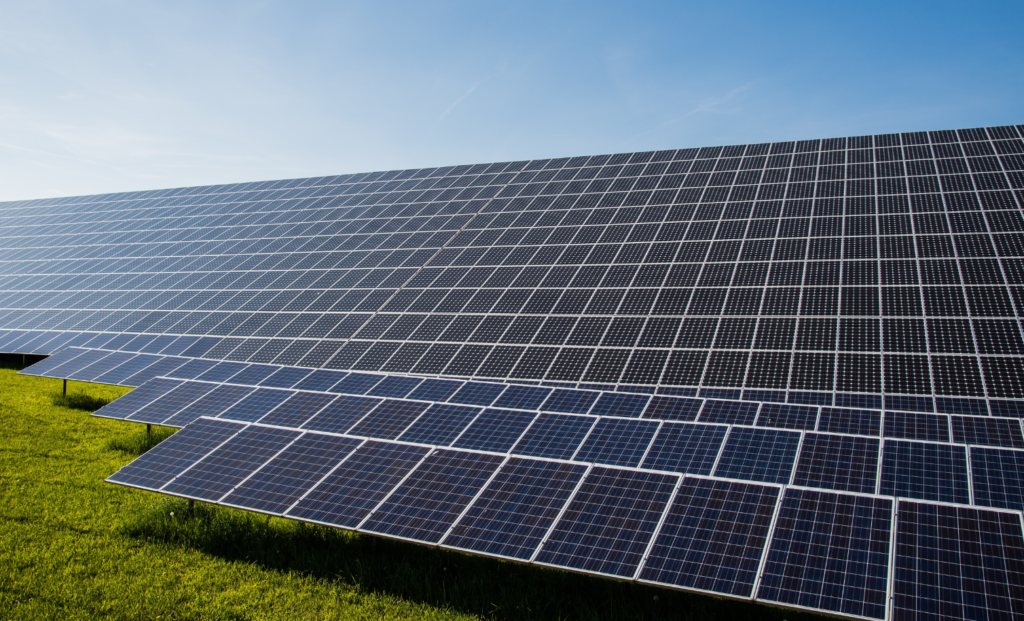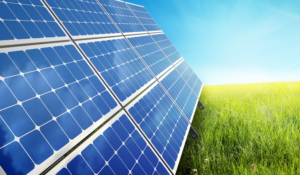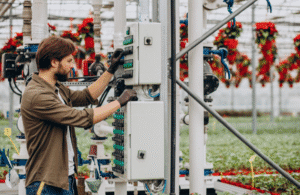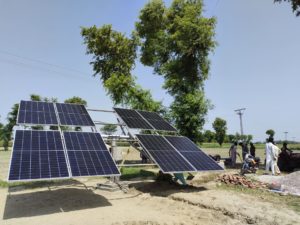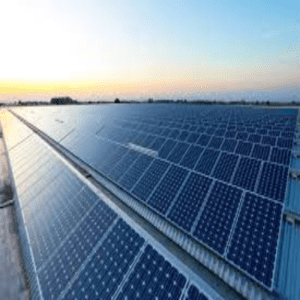Common Myths and Misconceptions About Solar Energy
Solar energy has been growing in popularity as a source of renewable energy. However, there are still several myths surrounding solar energy that may be preventing people from fully embracing its potential. In this article, we will explore some of the most common solar energy myths and separate fact from fiction.
Myth #1: Solar panels are too expensive This is one of the most common myths about solar energy. While it is true that solar panels were quite expensive a decade ago, the cost of solar has dropped significantly in recent years. In fact, solar panels are now more affordable than ever, and the cost continues to decrease every year. Moreover, solar energy has become an affordable option for homeowners due to federal and state incentives and financing options.
Myth #2: Solar panels don’t work in cold or cloudy weather Solar panels work by converting sunlight into electricity. While it is true that solar panels perform best in direct sunlight, they still work on cloudy days and in cold weather. In fact, some studies have shown that solar panels can actually be more efficient in colder temperatures. Additionally, solar panels do not need direct sunlight to work, but only daylight. Therefore, they can still produce energy even on cloudy days.
Myth #3: Solar panels require too much maintenance Another myth surrounding solar energy is that solar panels require a lot of maintenance. In reality, solar panels require very little maintenance, as they have no moving parts. The only maintenance required is occasional cleaning to ensure that the panels are free of dust and debris. Moreover, most solar panel manufacturers offer warranties of 20-25 years, which means that the panels will be functioning well for decades.
Myth #4: Solar panels are not aesthetically pleasing Some people are concerned that solar panels are unsightly and will detract from the appearance of their home or building. However, modern solar panels are designed to be sleek and visually appealing. Moreover, solar panels can be integrated into the design of a building or home, or even installed on a separate structure such as a carport or pergola.
Myth #5: Solar energy is unreliable One of the biggest myths surrounding solar energy is that it is unreliable. Some people believe that solar energy is not consistent because it only works when the sun is shining. However, solar energy systems can be designed to store excess energy produced during the day for use at night or on cloudy days. Additionally, the reliability of solar energy has been proven in many countries, including Germany, where solar energy accounts for a significant portion of the country’s energy mix.
Myth #6: Solar panels are only for sunny states Contrary to popular belief, solar energy can be harnessed in almost any state in the US, including those with colder climates or more overcast weather. In fact, some states with lower levels of sunlight, such as New York and New Jersey, have some of the fastest-growing solar energy markets. Additionally, solar energy can be used to power homes and buildings in rural areas that are not connected to the grid.
Myth #7: Solar panels are bad for the environment This myth may be based on the misconception that solar panels are made with toxic materials or that their manufacturing process is highly polluting. However, solar panels are made from silicon, which is abundant and nontoxic. The manufacturing process for solar panels has also become much cleaner in recent years, with many companies using renewable energy to power their production facilities.
Myth #8: Solar panels decrease property value Some people may be concerned that installing solar panels on their home or building will decrease its value. However, studies have shown that homes with solar panels actually sell for more than homes without solar panels. Moreover, solar panels can be considered an attractive feature for Bottom of Form.
